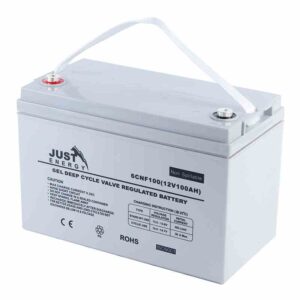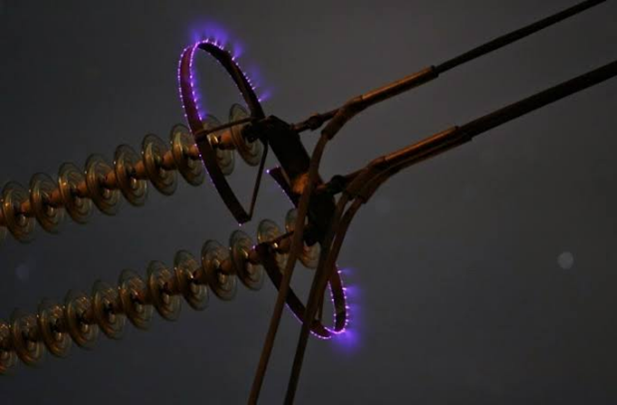The types of Lead-acid batteries
The lead acid battery is a common type of storage battery that is often used in equipment such as vehicles, UPS systems, and solar panels. There are three types of lead-acid batteries, each with different advantages, disadvantages, and applications.
The first is the flow lead-acid battery, also known as a wet lead-acid battery. The most common type of battery consists of lead plates and a sulfuric acid electrolyte. During charging, the electrolyte is broken down into hydrogen and oxygen and recombined to form water during discharging. Due to its simple structure and low manufacturing cost, flow lead-acid batteries are widely used in automobiles and UPS systems. But it requires regular water additions and regular maintenance.
The second type is gel lead-acid batteries, also known as dry lead-acid batteries. This battery is similar to a flow lead-acid battery, but the electrolyte is in the form of a gel. The gel electrolyte prevents the risk of electrolyte leakage, so this battery is more suitable for applications that require higher safety and reliability, such as UPS systems and solar panels. However, due to higher manufacturing costs, gel lead-acid batteries are also more expensive.
The third type is Absorbed Glass Mass (AGM) lead-acid batteries, also known as sealed lead-acid batteries. The battery uses an absorbent glass fiber body inside to hold the electrolyte, avoiding the risk of electrolyte leakage. AGM lead-acid battery has higher charging efficiency and lower self-discharge rate, which makes it more flexible in application. It is widely used in equipment such as UPS systems, solar panels, and micropower stations.
The advantages of the three lead-acid batteries
Then, let’s take a look at the comparison of the advantages of the three lead-acid batteries.
Fluid lead-acid battery is a traditional type of lead-acid battery, the internal electrolyte is liquid, its advantages include lower cost, fast charging speed, low self-discharge rate, etc. Due to its mature technology and lower price, flow lead-acid batteries are still the first choice for some application scenarios, such as automobiles, UPS, etc.
The gel lead-acid battery is further developed on the basis of the fluid lead-acid battery. It uses a special electrolyte, which makes the electrolyte form a gel state inside the battery. The advantages of gel lead-acid batteries are higher cycle life, lower self-discharge rate, better charge acceptance performance, etc., so it is more suitable for some application scenarios that require high cycle life and low self-discharge rate, such as solar energy storage system, UPS backup power supply, etc.
A sealed lead-acid battery is a more enclosed lead-acid battery in which the electrolyte inside cannot leak out, making it safer to use. The advantages of sealed lead-acid batteries are higher safety and longer service life, but also better resistance to vibration and leakage. This lead-acid battery is suitable for application scenarios that require higher safety and service life, such as fire protection, security, and other fields.
How to choose a suitable lead-acid battery?
The same type of lead-acid battery is suitable for different applications, so there are several factors to consider when choosing a lead-acid battery:
Application Scenario
Different application scenarios require different types of lead-acid batteries. For example, a car uses a starter battery, a solar panel uses a deep cycle battery, and a UPS uses a floating battery. Therefore, before choosing a lead-acid battery, it is necessary to determine the application scenario.
Rated voltage and capacity
The rated voltage and capacity of the lead-acid battery need to be selected according to the application requirements. If you need high capacity, you can choose a large capacity battery, if you need low capacity, you can choose a small capacity battery.
Life and maintenance
The lifespan and maintenance of lead-acid batteries are also factors to consider when choosing. Different types of lead-acid batteries have different lifespans and maintenance methods. For example, gel lead-acid batteries have a long life but are more difficult to maintain, while sealed lead-acid batteries have a short life but are easy to maintain.
When choosing a lead-acid battery, it is necessary to consider the above factors comprehensively. Choosing the right lead-acid battery can increase the operating efficiency and lifespan of your equipment while reducing maintenance costs.
In addition to considering the above factors, you also need to pay attention to the brand and quality of the lead-acid battery. Choosing a high-quality lead-acid battery can guarantee its safety and performance stability while avoiding unnecessary repairs and replacements.







